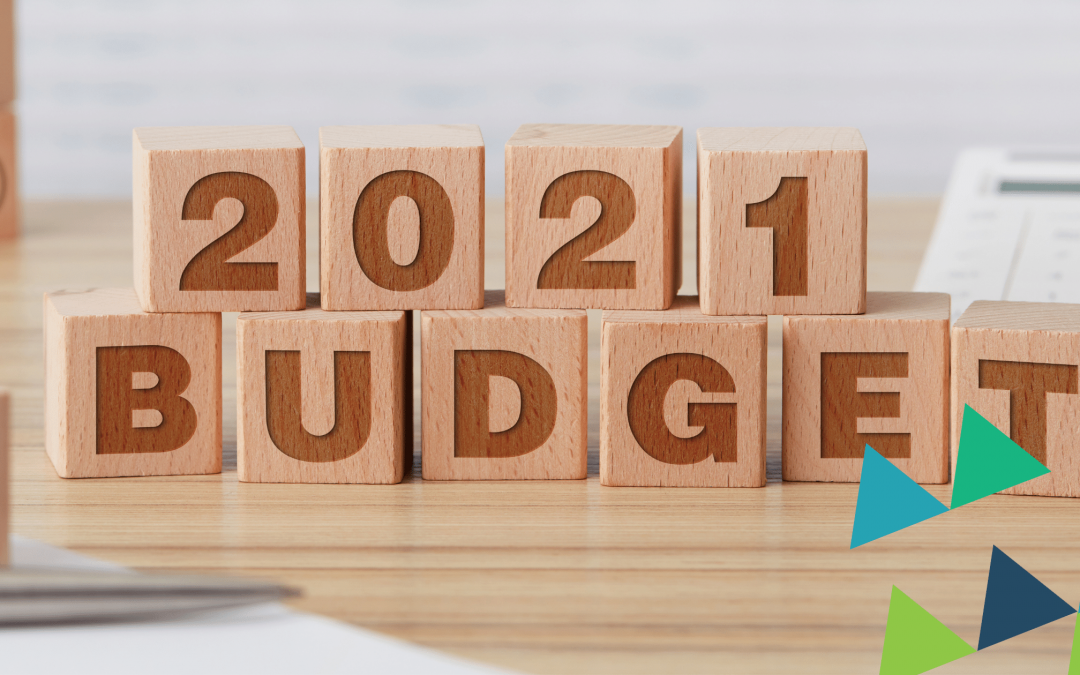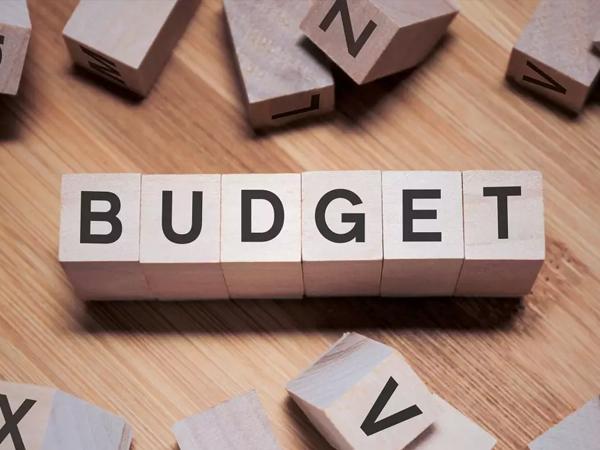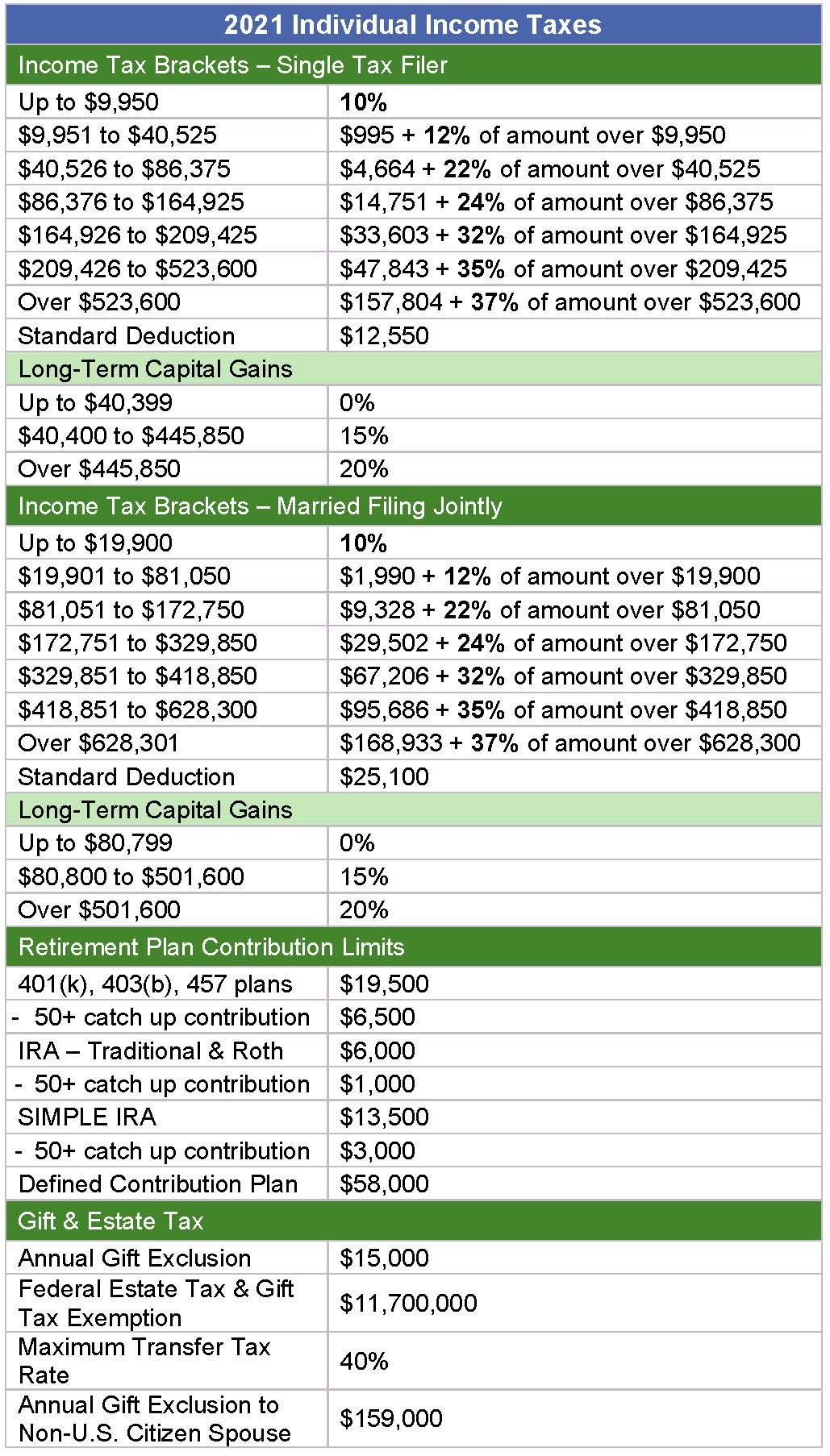
Global Health Budget: The Global Fund to Fight AIDS, Tuberculosis and Malaria Global Malaria Funding: Figuresīack to top U.S. In FY 2023, malaria accounted for 8% of the U.S. bilateral funding for malaria increased over the past decade from $822 million in FY 2013 to approximately $1 billion in FY 2023 while funding increased over the period, it has been relatively flat in recent years. also supports malaria programs through its contribution to the Global Fund to Fight AIDS, Tuberculosis and Malaria). (In addition to its bilateral programs, the U.S. Agency for International Development (USAID), and co-implemented together with the Centers for Disease Control and Prevention (CDC), with additional activities provided by the National Institutes of Health (NIH) and Department of Defense (DoD). response to malaria is driven by the President’s Malaria Initiative (PMI), an interagency initiative to address global malaria that is led by the U.S. government has been involved in global malaria activities since the 1950s and, today, is the second largest donor to global malaria efforts in the world (the largest is the Global Fund to Fight AIDS, Tuberculosis and Malaria). Global HIV Funding: Figuresīack to top U.S. In FY 2023, global HIV funding totaled $5.5 billion, of which $4.9 billion is for PEPFAR, and approximately $628 million is for international HIV research activities at NIH. global health budget (ranging from 42% to 50% from FY 2013 to FY 2023). Global HIV funding through regular appropriations 1 has historically accounted for the largest share of the U.S. In addition, the National Institutes of Health supports international HIV research activities, (funding which is not counted as part of PEPFAR). Agency for International Development (USAID), Centers for Disease Control and Prevention (CDC), and Department of Defense (DoD). Other agencies that receive HIV funding under PEPFAR include the U.S. programs, activities, and funding for global HIV efforts. This funding is specified by Congress in annual appropriations bills and is largely provided to the Department of State, which is responsible, through the Office of the Global AIDS Coordinator (OGAC), for coordinating all U.S. global HIV funding (89%) is for PEPFAR bilateral efforts, and contributions to the Global Fund to Fight AIDS, Tuberculosis and Malaria (Global Fund). President’s Emergency Plan for AIDS Relief (PEPFAR) in 2003, which initiated a period of significant increases and is the largest effort devoted to a single disease in the world. efforts and funding increased slowly over time until the launch of the U.S. first provided funding to address the global HIV epidemic in 1986. Global Health Budget: PEPFAR and Other Global HIV Funding Global Health Funding: Figuresīack to top U.S. In FY 2023, funding for global health totaled $13 billion. funding for global health has remained relatively flat, with spikes in some years due to emergency supplemental funding for Ebola in FY 2015, Zika in FY 2016, and COVID-19 in FY 2020 and FY 2021. investment in global health grew significantly in the early 2000s, largely due to the creation of new initiatives including the President’s Emergency Plan for AIDS Relief (PEPFAR) and the President’s Malaria Initiative (PMI). Of the multilateral share, the majority is provided to The Global Fund to Fight AIDS, Tuberculosis and Malaria (Global Fund). funding for global health is provided bilaterally (approximately 80%). Government is the largest donor to global health in the world and includes support for both disease (HIV, tuberculosis, malaria, and neglected tropical diseases) and population (maternal and child health, nutrition, and family planning and reproductive health) specific activities as well as global health security. Global Health Budget: Neglected Tropical Diseases (NTDs) Global Health Budget: Global Health Security Global Health Budget: Family Planning & Reproductive Health (FP/RH) Global Health Budget: Maternal & Child Health (MCH)



See our Budget Tracker for more detail on historical funding and our Budget Summaries for the latest on ongoing appropriations discussions. funding for global health by program area. This fact sheet provides an overview of U.S.


 0 kommentar(er)
0 kommentar(er)
